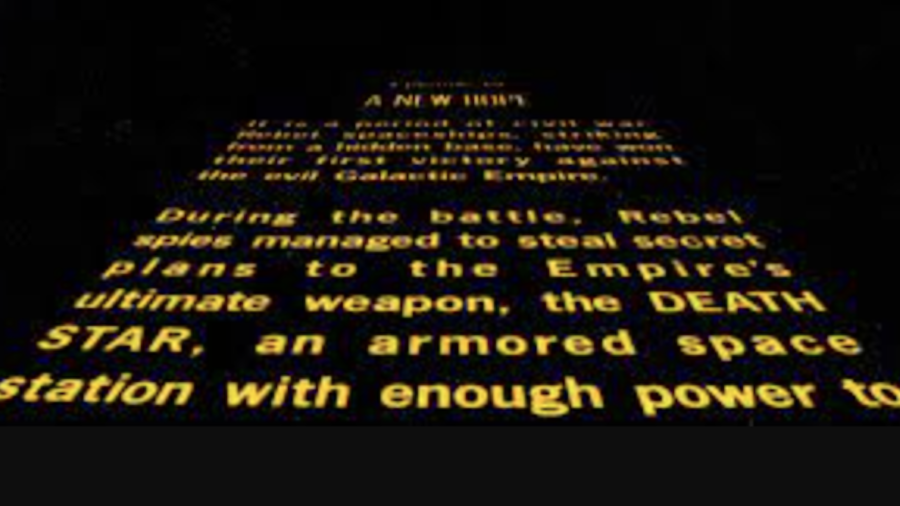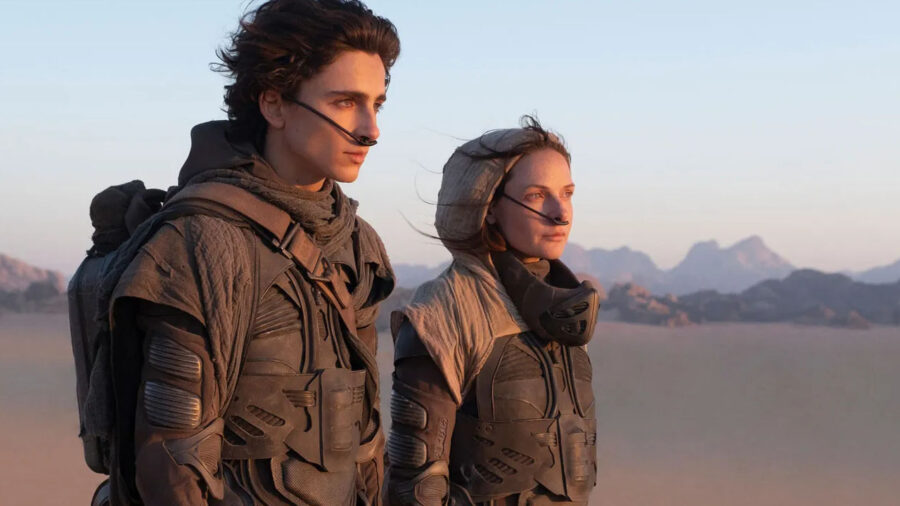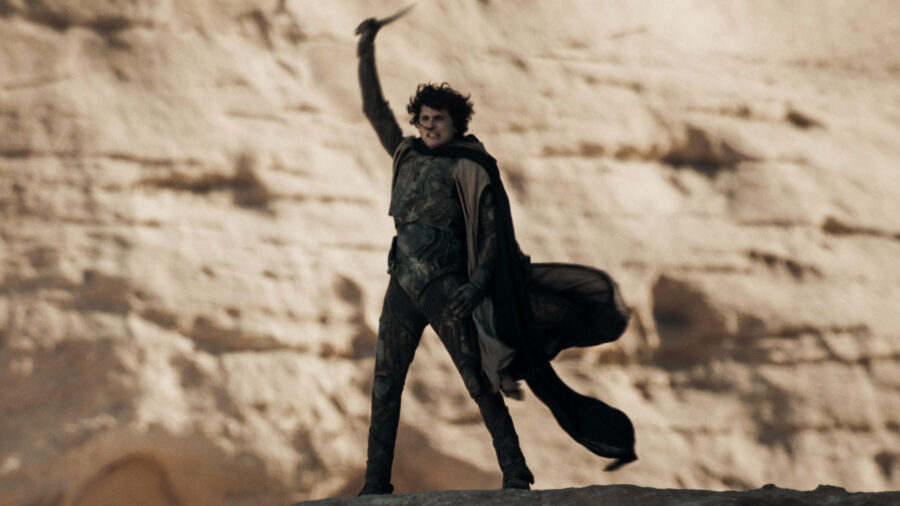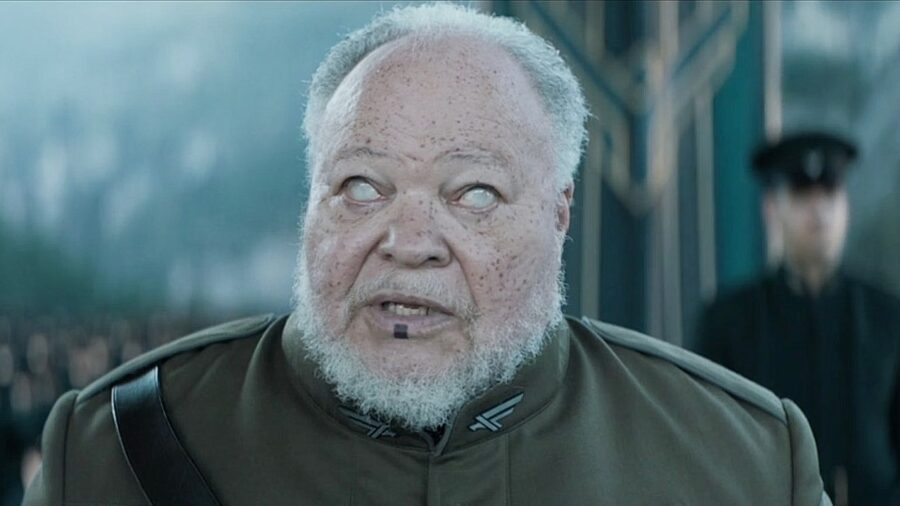Dune Needs To Steal One Star Wars Trick

Is Dune turning into this generation’s Star Wars? Hardly, but the franchise, which looks like it intends to stick around for a while, could use a feature popularized by the preceding, peerless Star Wars universe: the text crawl.
The Star Wars Opening Crawl

Of course, Star Wars is renowned for its opening text crawl, the “A long time ago, in a galaxy far, far away…” bit beginning each OG film.
The device is simple but effective, a tool that sets the stage. The context it offers, the background recap of events thrusting viewers into the heart of the action, feels indispensable.
After all, this method of exposition maximizes the sense of familiarity and anticipation. It engages efficiently, and the quick catchup it provides returns fans to the universe they’ve pined to reenter.
It’s also—and this is key, given the split nature of Dune: Part One and Part Two (perhaps future installments will also be divided?)—a welcoming intro for newcomers.
A Complex Universe

If you ask the average teenager who has never heard of “Guild Navigatores” to explain the plot of the recently released film after exiting the theatre, what will you hear? Probably some nonsense.
And this isn’t to say Dennis Villenvue’s film fails the attempt to delineate the complex universe. The script tries to rise to the occasion and infuse dialogue with explanatory elements, all to make sensible the dense political intrigue, warring factions, metaphysical mysteries, secretive intergalactic orders, genetic insemination drama, etc.
But it’s not enough, of course.
Needing More Background Info

For example, a friend recently told me that, after reading Wikipedia and watching Dune: Part Two in theatres, she concluded that the movie was pretty cool—meaning, implicitly, the lack of readily legible context dulled her experience until she could compensate by literally researching the plot. And yes, she’d seen Dune: Part One.
Let’s face it: Frank Herbert’s saga overflows with detailed history, culture, and a deep philosophical underpinning, making for a treasure trove of narrative depth. Yet, this abundance of lore and world-building goodness poses a challenge in terms of accessibility.
Context Matters

Especially when bridging the contextual gap between the two intensely related Dune films released literally years apart, it’s vital to pad the tale of Paul Atreides and his rise amidst the desert planet of Arrakis with contextual guideposts.
And I’m not saying characters should stop mid-stride, turn to the camera, and start explaining the universe’s lore.
No, in all likelihood, the Star Wars text crawl is the best tool for the job.
But it’s probably more vital in Herbert’s universe than in Lucas’s.
Dune Is Very Dense

Herbert’s aims for adult fans more overtly than Lucas’s (though, of course, the whole world, young and old, continues to adore Star Wars). His narrative concerns complex studies of ecology, religion, and power dynamics.
Someone who has heard of the Dune films primarily because they feature Zendaya would benefit immeasurably from a text crawl guiding them through the dense lore without overwhelming them from the get-go.
It’s also worthwhile envisioning this device employed in Dune to remember how long it is in Star Wars.
Take It From Star Wars

We really do sit there reading text for what feels like a a marked, pronounced period of time as it as it descends down the screen.
This sheer bulk of time dedicated to processing paragraphs of info proves how important the hack can be. It’s not like anyone stands up in the theater and proclaims: “That’s it, I’m done; no more reading.” Rather, we’re grateful for the info.
The key, however, is pairing the reading material with deeply compelling content that follows. If the visuals don’t immediately and consistently blow viewers away, then you’ve merely assigned them homework without giving them recess afterward, recess period, mind you, a hundred times longer than their homework session.
Luckily, the Dune films fit the bill; they’re gripping, dazzling, and wildly fun.
They just need more context.












